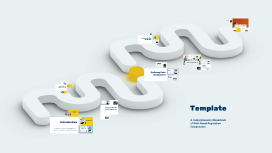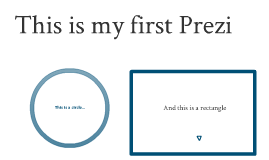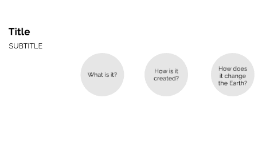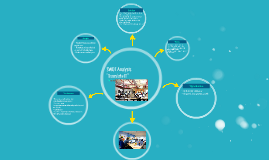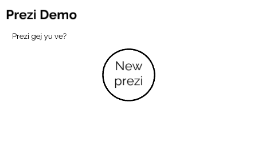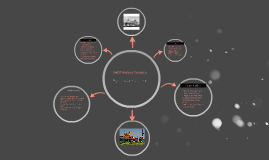SWOT Analysis Template
Transcript: Photos Reusable assets SWOT Analysis Template Ante molestie mattis arcu gravida viverra adipiscing volutpat. Ultrices eget viverra eu lectus ullamcorper. Consequat dictum tristique lectus augue felis nascetur amet non. Velit sit placerat tincidunt integer amet massa justo risus netus. Ornare sagittis malesuada varius cursus ipsum erat libero metus eget. Colors Assets A Comprehensive Guide to Understanding Strengths, Weaknesses, Opportunities, and Threats 04 01 02 03 Title Aa Aa Subtitle S M W T T S F Paragraph Aa Aa Identifying Market Opportunities Areas for Improvement Market opportunities arise from unmet customer needs, emerging trends, and technological advancements. Organizations that conduct thorough market research can uncover gaps in the market, offering a pathway for innovation and growth while enhancing their competitive positioning. Identifying areas for improvement involves comprehensive analysis. Effective assessment tools, such as employee feedback and performance metrics, guide organizations in pinpointing specific improvements needed. Importance of SWOT Analysis Definition of SWOT SWOT stands for Strengths, Weaknesses, Opportunities, and Threats. It is a structured planning method used to evaluate these four internal and external factors affecting an organization's success. SWOT analysis is essential for strategic planning as it provides a clear framework for organizations to assess their current position. It fosters informed decision-making, enabling firms to capitalize on strengths and mitigate weaknesses. Operational Inefficiencies Resources and Capabilities Assessing Vulnerabilities Understanding External Threats Harnessing Strengths for Competitive Edge Operational inefficiencies lead to wasted time and increased costs. Factors contributing to these inefficiencies include poor workflow processes, lack of training, and ineffective communication strategies. Resources include tangible and intangible assets such as capital, expertise, technologies, and relationships that an organization employs to deliver its products or services. Capabilities refer to the ability to effectively utilize these resources to meet customer demands and drive innovation. Assessing vulnerabilities is vital for risk management. Organizations must analyze internal processes, workforce capabilities, and market dynamics to identify potential weaknesses that expose them to risks. External threats can include economic downturns, competitive pressures, regulatory changes, and shifts in consumer behavior. Organizations must regularly assess these threats to develop robust strategies that mitigate risks and protect against adverse impacts. Historical Context Opportunities and Threats Understanding strengths is critical for organizations to leverage their capabilities effectively and create a lasting competitive advantage. This section explores how to identify and assess core strengths to capitalize on market opportunities. Introduction to SWOT Analysis Industry Trends Opportunities and threats are essential components of the SWOT analysis, providing insights into external factors that can impact an organization. Understanding these elements helps organizations strategically navigate their environment and make informed decisions. The concept of SWOT analysis emerged in the 1960s, developed by Albert Humphrey at Stanford Research Institute. It has since evolved into a vital tool for managers to formulate strategies based on internal and external assessments. SWOT analysis serves as a crucial strategic planning tool that helps organizations identify their strengths, weaknesses, opportunities, and threats. By understanding these four elements, businesses can make informed decisions and enhance their competitive advantage. Assessing Internal Factors Identifying Core Strengths Unique Selling Propositions Industry trends such as digital transformation, sustainability, and globalization are crucial for identifying opportunities and threats. Keeping a pulse on these trends helps organizations adapt and align their strategies effectively in an evolving marketplace. Resource Limitations Unique Selling Propositions (USPs) distinguish a company's offerings from competitors by highlighting specific benefits or features valued by customers. Examples include exceptional customer service, unique product attributes, or innovative solutions that meet specific needs in the market. Assessment of internal factors involves analyzing the strengths and weaknesses within an organization. Utilizing tools like resource-based view (RBV) and balanced scorecard can provide insights into operational efficiency, workforce skills, and technological infrastructure. Core strengths are the distinctive unique features or capabilities that separate an organization from its competitors. They can include skilled workforce, proprietary technology, established brand reputation, or efficient processes that drive performance and deliver value. Resource limitations







